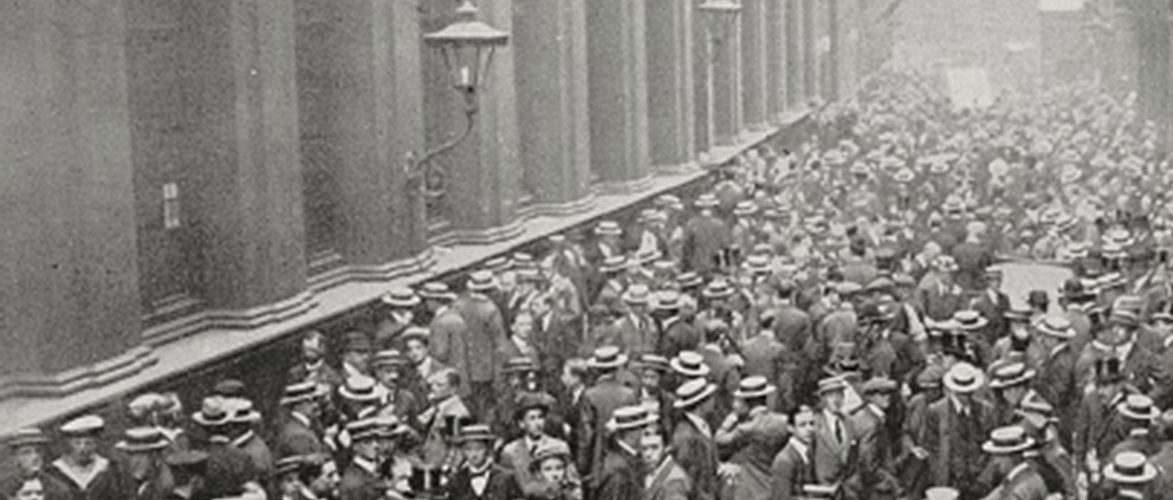The Financial Times has corrected a cover-up more than a century after it was published, NPR is reporting. On Nov. 23, 1914, the FT ran an article about how British efforts to fund World War I were “amazing”. The paper said applications were “pouring in” for War Loans that were “oversubscribed,” and the “amazing result” was an example of “how strong is the financial position of the British nation.”
Yesterday, on Aug. 8, 2017, the paper had a “clarification” to issue its readers: it was all a lie.
“We are now happy to make clear that none of the above was true,” the FT wrote.
In actuality, researchers and an employee at the Bank of England found that the government secretly funneled money to hide a major gap in their fundraising efforts. Though they initially tried to raise £350 million, they actually brought in less than a third of that, NPR reports. The subsequent cover-up was meant to protect future capital-raising efforts. Here’s what the researchers found in old ledgers at the bank:
“To cover its tracks, the Bank made advances to its chief cashier, Gordon Nairn, and his deputy, Ernest Harvey, who then purchased the securities in their own names with the bonds then held by the Bank of England on its balance sheet. To hide the fact that the Bank was forced to step in, the bonds were classified as holdings of ‘Other Securities’ in the Bank of England’s balance sheet rather than as holdings of Government Securities.”
This article was featured in the InsideHook newsletter. Sign up now.
























